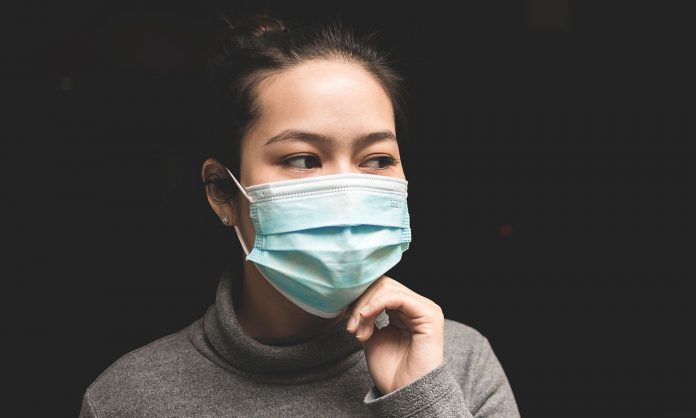Face masks are becoming a necessity these days, thanks to the ashfall from the Taal Volcano eruption and then the Novel-Coronavirus (nCoV) scare. Face masks are effective in protecting from hazardous air particles (such as volcanic ash) and airborne infections (such as viruses including nCoV), but only if worn properly and in the case of kids, worn at all.
If you’re considering having your kids wear face masks as an added layer of protection in times of outbreaks or adverse air quality, then here are a few things you should know.
Why should kids wear face masks?
- To provide a physical barrier between the child’s mouth and nose and the immediate environment
- Block hazardous particulate matter from the air or particle droplets from coughs and sneezes
Who should wear face masks?
- Kids who have respiratory or flu-like symptoms — coughs, colds, etc.
- Kids who might be immunosuppressed or have chronic illnesses
- Kids who have flu-like symptoms who are going to their healthcare provider or hospital
- Healthy kids in a crowded healthcare setting — doctor’s clinic, emergency room area, etc.
Who are at a higher risk for infection?
- Kids below 5 years of age
- Kids who have asthma, chronic pulmonary, cardiovascular, hepatic, hematological, neurologic, neuromuscular or metabolic disorders such as diabetes
- Kids who are immunosuppressed (either caused by medications or illnesses)
- Kids or teens who are receiving long-term medication therapy for certain illnesses
How to get kids to wear their face masks?
- Always use pediatric-sized or child-friendly masks
- Educate kids about the importance of wearing masks — why they should wear masks even while talking, sneezing, or coughing, and how to properly wear it
- It can be difficult to get some kids to wear face masks, so here are a few tips on how to do it:
- Make a game out of it — both in putting it on and keeping it on, such as pretending he’s a superhero
- Use positive reinforcement — award stickers or treats whenever he keeps it on
- Model it for him — use older kids or siblings or even yourself to show him how it’s done and so he doesn’t feel alone
- Show and tell — look in the mirror and talk about it while wearing masks. You can use this time to explain to him why he needs to use one
- Use a furry friend — put a mask on his favorite stuffed animal
- Personalize it — draw and color the mask with your child to make it more personalized and fun (might also depend on the mask you plan to use)
- Mask his character — draw a mask on his favorite book or comic character
- Praise him for a job well done — especially when he gets home from school still wearing the mask
How to properly wear a face mask?
To ensure the face mask’s effectivity, we should also know and teach our kids how to use and properly wear it. Here are a few tips:
- The mask should fit snugly on the wearer’s face. Hence, only pediatric or child-friendly masks are recommended for kids.
- The colored side or the blue side should face outwards, with the metallic strip or hard band on the nose part. If you’re using reusable masks, read the instructions and ensure that you are using it the right way.
- The strings or elastic bands should be positioned properly and adjusted (if adjustable) to keep the mask firmly in place.
- The mask should cover the nose, mouth, and chin.
- The metallic strip or band should mold to the nose bridge.
Other safety tips to consider:
- Wash hands before putting on a mask and after taking it off.
- For reusable face masks, follow the instructions on how to clean it or change filters.
- Refrain from touching the mask once it’s securely on as doing so might reduce its protection. If you need to do so, wash your hands again before and after touching the mask.
- When taking off the mask, avoid touching the outer side as that part might be covered with germs.
- After taking off the mask, fold it outwards (outside of the mask facing inwards), and put it in a paper bag before putting it in a trash can.
- Surgical masks should be discarded after use and can no longer be used for more than a day. Replace it immediately as well if it’s damaged or soiled.
- Do not use face masks on kids who are anxious, restless, vomiting, lethargic, or in respiratory distress.
- Always check on kids who are wearing masks, especially if they are unusually quiet, to ensure that their condition is not deteriorating.
- Be aware of the risk of misidentifying children when wearing masks.
Keep safe, mamas.
Join our MomCenter Community on our Facebook page and Facebook group for more insights on motherhood and parenting.





